Overview
Musk Deer
The Tibetan Plateau, the lower Himalayan slopes, and Central Asia are home to the Musk Deer (Moschus chrysogaster). According to science, they are not “true deer”; rather, they belong to a more extinct family of animals that most likely descended from the ancestors of the common deer. Musk Deer have a distinctive appearance, and they are most recognized for having two tiny tusks that stick down like fangs. Though they are weak and frequently break, these fangs are always growing. Despite being smaller and without antlers compared to other deer, they are highly prized for their secretion of musk glands.
The best times to see Himalayan Musk Deer are at dusk and dawn, when they feed the most. They are omnipresent on slopes between 2,200 and 4,300 meters in elevation, and they do not migrate seasonally; they stay in the same locations all year long. Their ability to see predators coming is often crucial to their survival, and they frequently use their ability to sense danger to their advantage by throwing off their attackers with huge, multidirectional leaps of up to six meters. They mainly use their sense of smell to communicate with one another due to their highly developed glands. They are primarily eaten by mosses, grasses, and lichens; martens, foxes, wolves, and lynxes also prey on them.
Famous for their ability to secrete musk glands, which are used to create high-end fragrances and medications, musk deer are hunted. Between its genitalia and anus, the male musk deer has a gland that holds about 25 grams of a waxy glandular substance. On the global market, a kilogram of Musk Deer secretion can fetch up to $45,000. Despite this, musk deer are a common sight throughout the Himalayas and are not considered an endangered species.
Tsum Valley Trekking is the hidden Treasure of Nepal it is vivid holy land of happiness. It is valley located in northern part of Gorkha enclosed by Boudha Himal, Himal chuli, Ganesh Himal and Sringi Himal. It is recently open with less exposed in comparison to other touristy areas and one of world’s outmost Himalayan Valleys. Trekking Tsum valley is discovering the secret of Tibetan culture, Buddhism, ancient art and rich cultural heritage sited at the edge of one of the most secluded Himalayan valleys.
the trekking route follows with ancient Budhist Gompas like Rachen Gompa, Mu Gompa and Milarepa’s cave are on the way. With the great hospitality of local people mostly Tibetan origin & speak their own dialect.
Mt. Manaslu (8,163m) is proud to be standing as the 8 highest Mountain of the World, Mt. Manaslu (8,163m) lies in west-central part of Nepal. Manaslu (meaning in Nepali “mountain of the spirit”) local people around that region has some spiritual value over the mountain. Manaslu was first climbed by members of a Japanese expedition on May 9, 1956 by Toshio Imanishi and Gyalzen Norbu. Since then it known as Japanese mountain.
Manaslu Circuit Trek is one of the most selling and offering trek from Nepal. If you want to see the Tibetan culture in Nepal, of course, you have to go to Manaslu valley. Hindu – Tibetan culture, wildlife, stunning and snow-capped mountain scenario, greenery of forests are the major fascinating elements of Manaslu Circuit Trekking. The one feature which makes people eager to trek in Manaslu circuit is that Manaslu Valley/Tsum valley is a privileged region for foreign tourists. This trek is one of the easier trek which is followed by the Gorge of the river Budhi Gandaki. Every year, nearly 2000 – 3000 people complete Manaslu Circuit Trek.


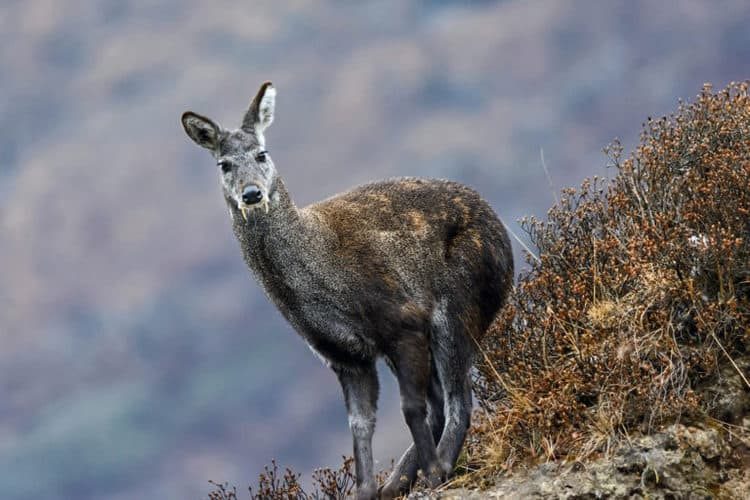
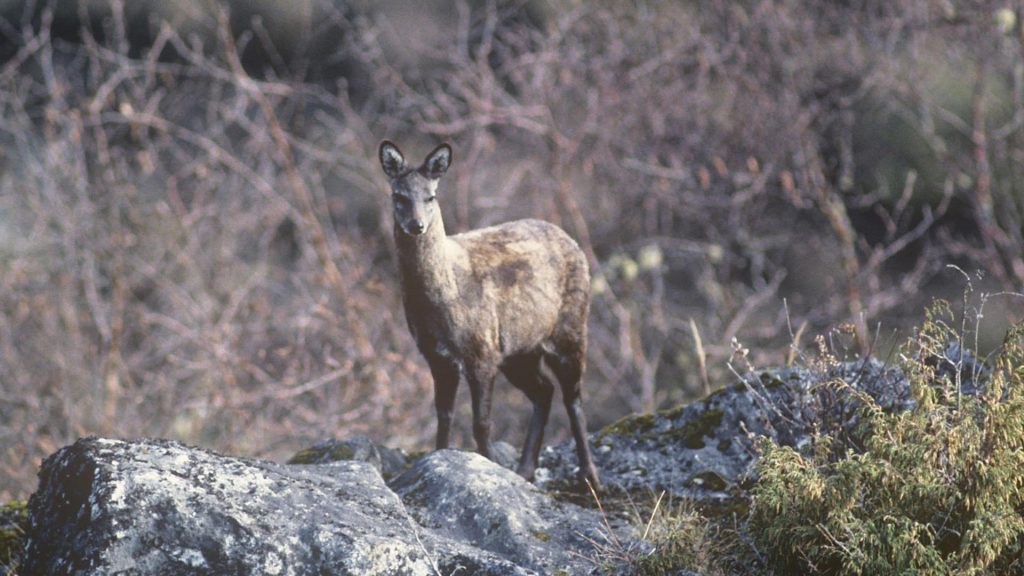
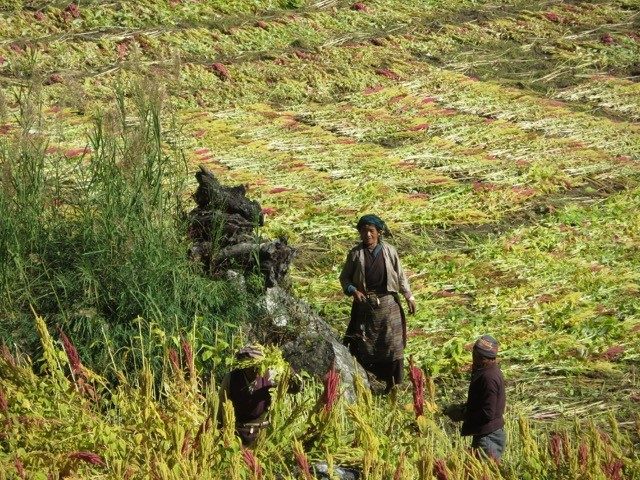
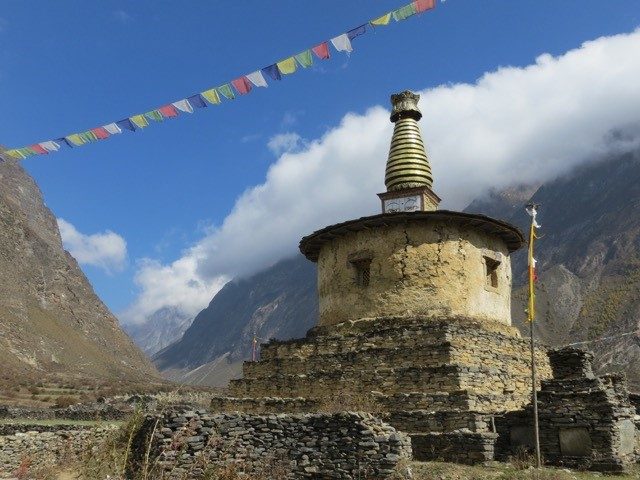
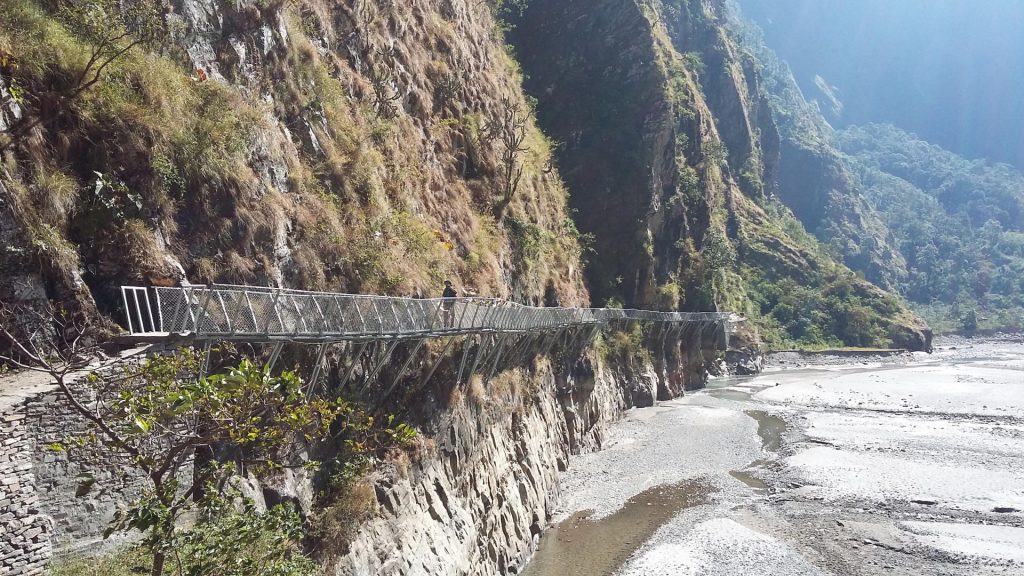
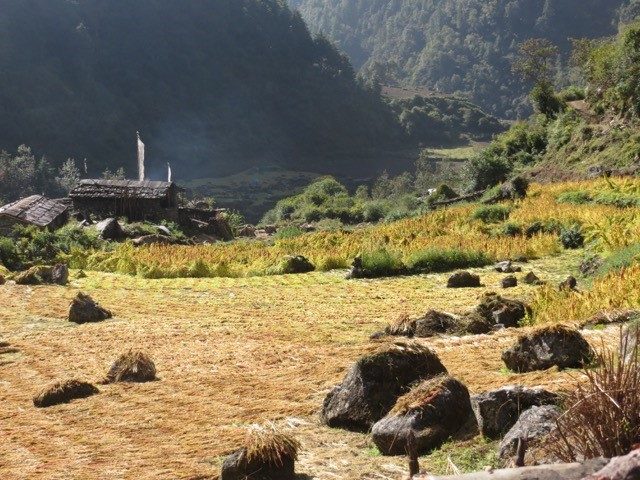
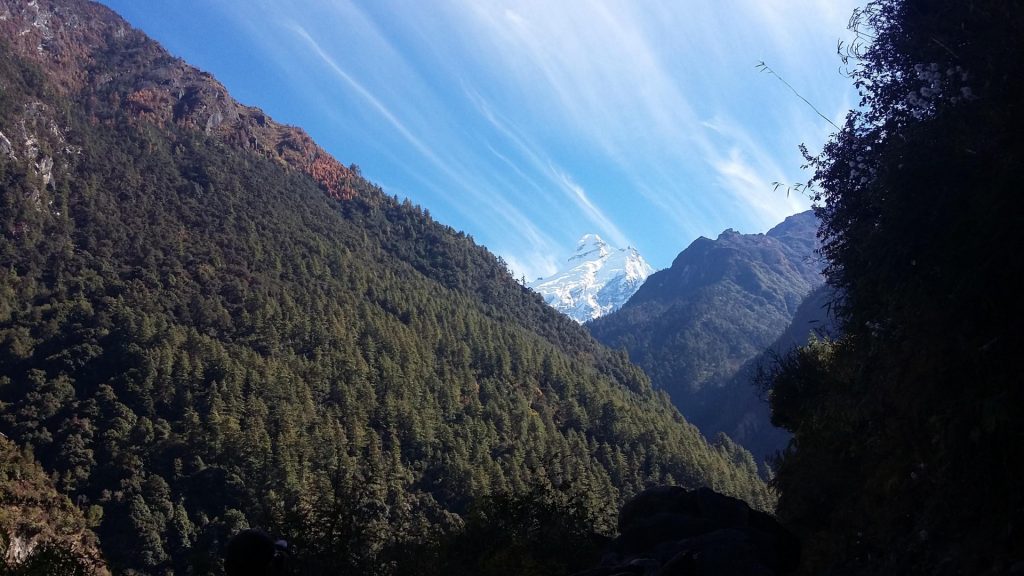
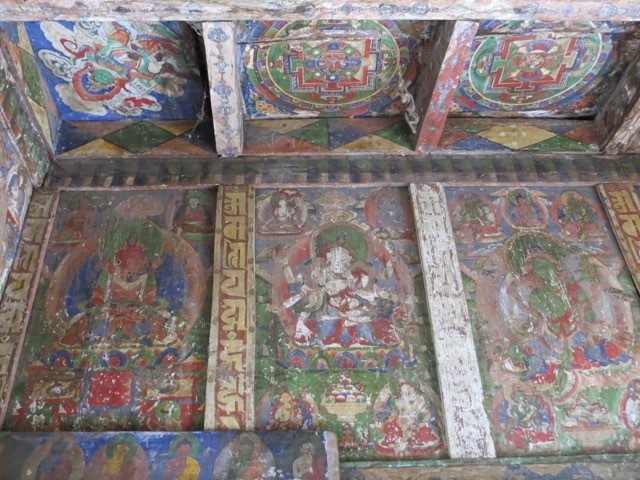
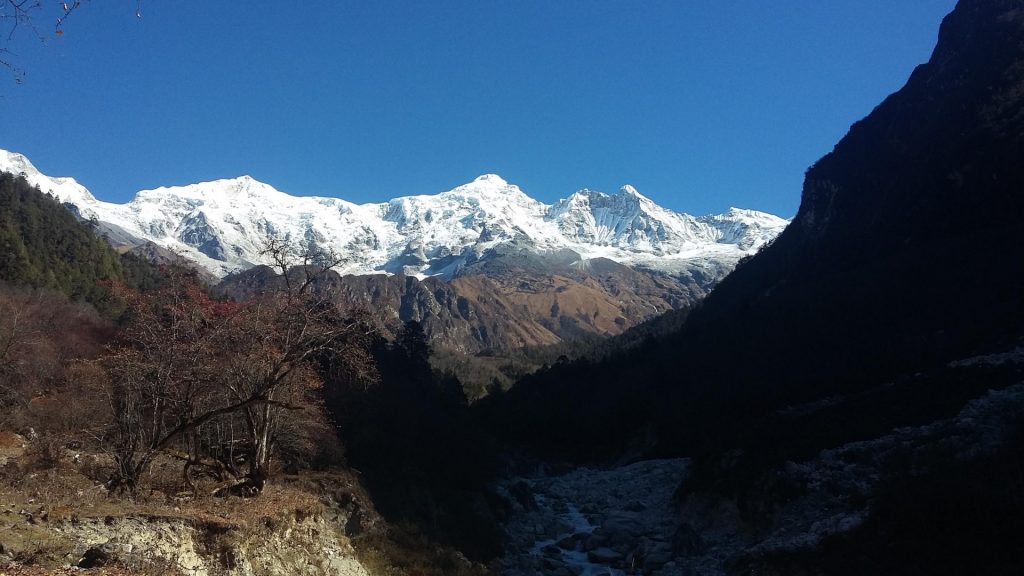
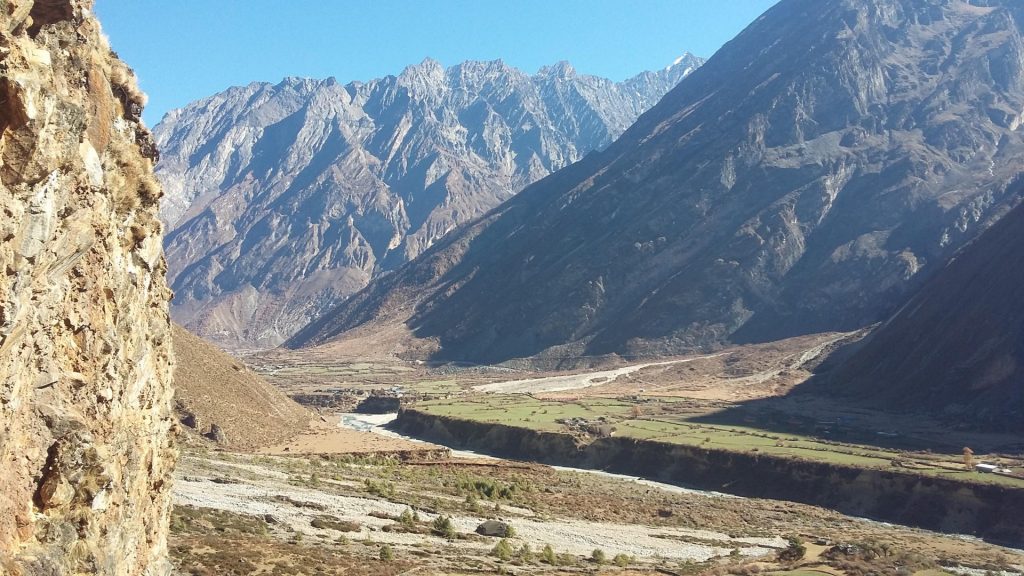
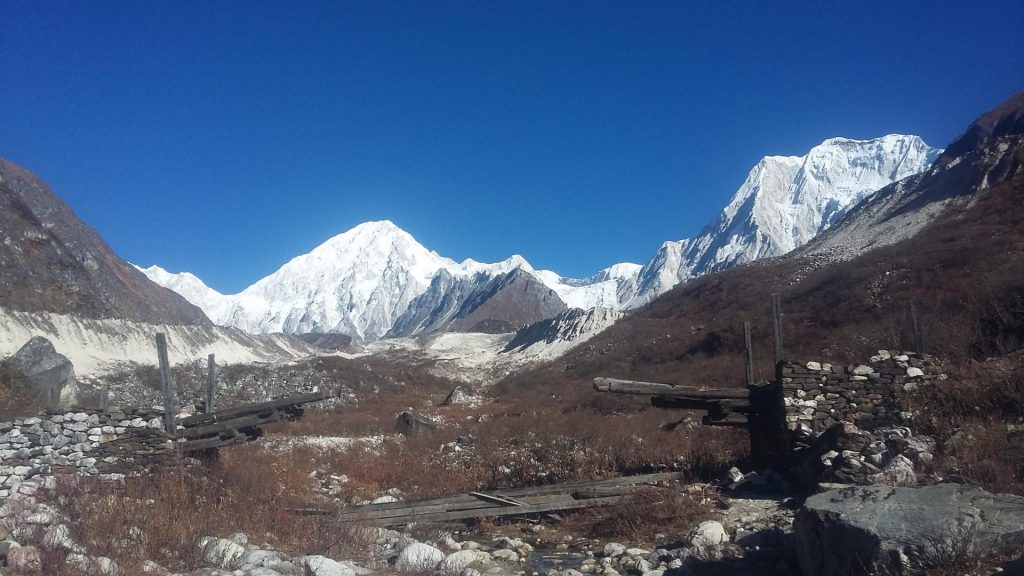
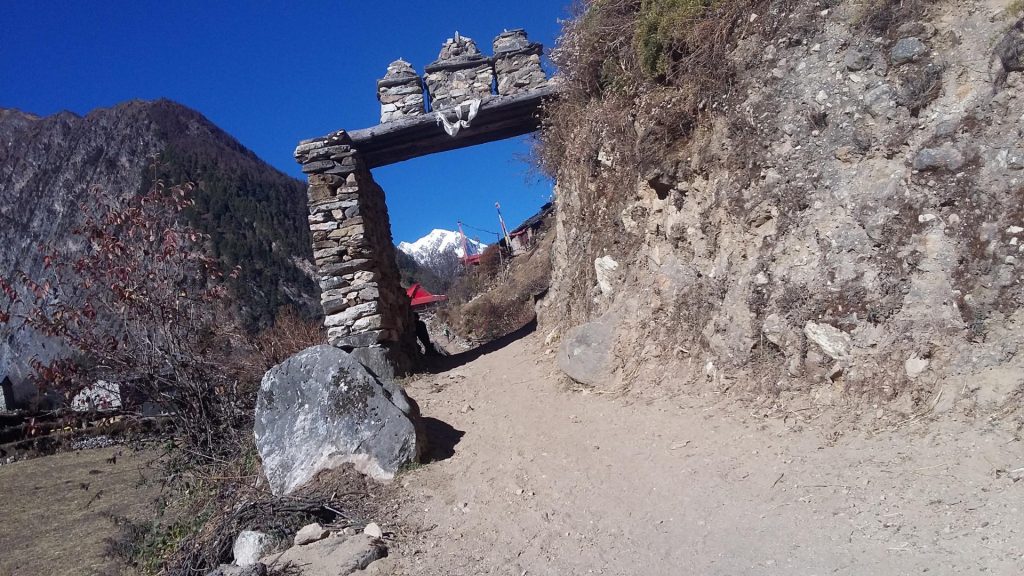
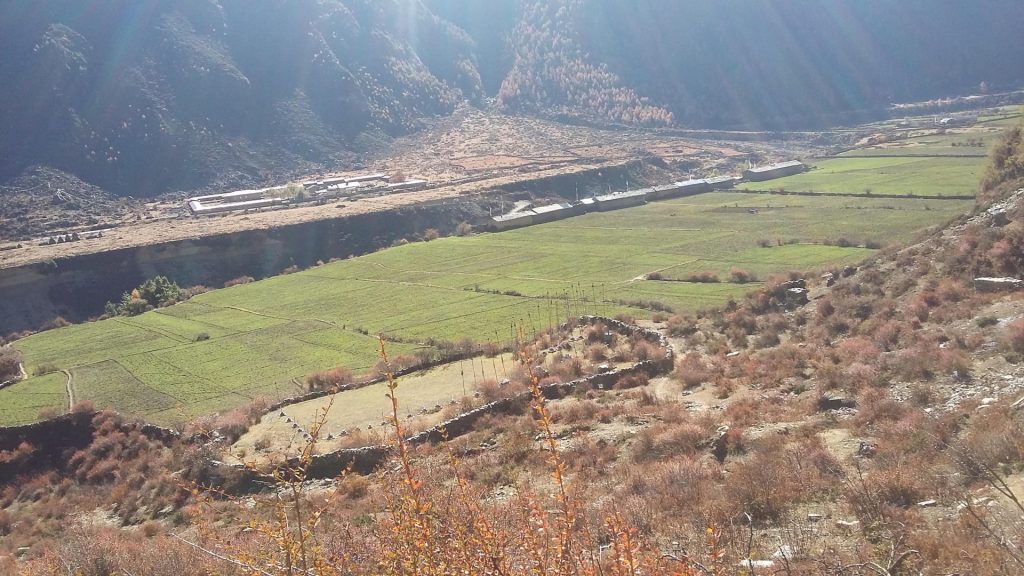
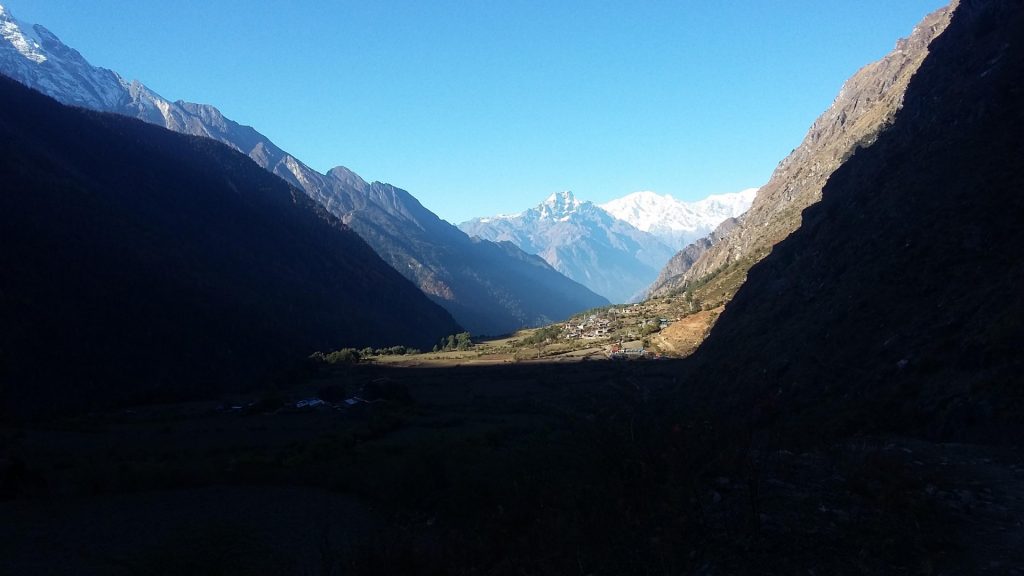
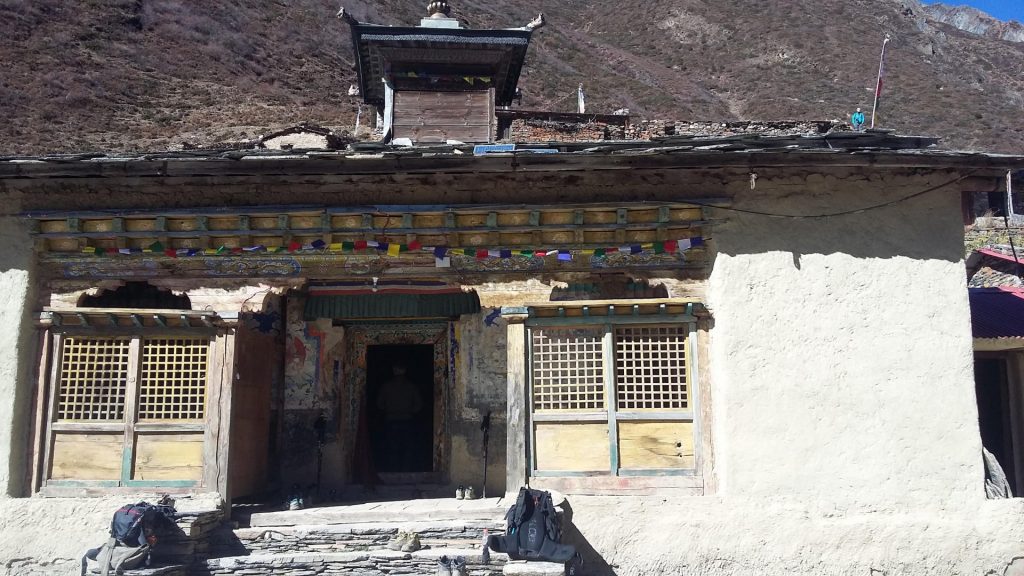
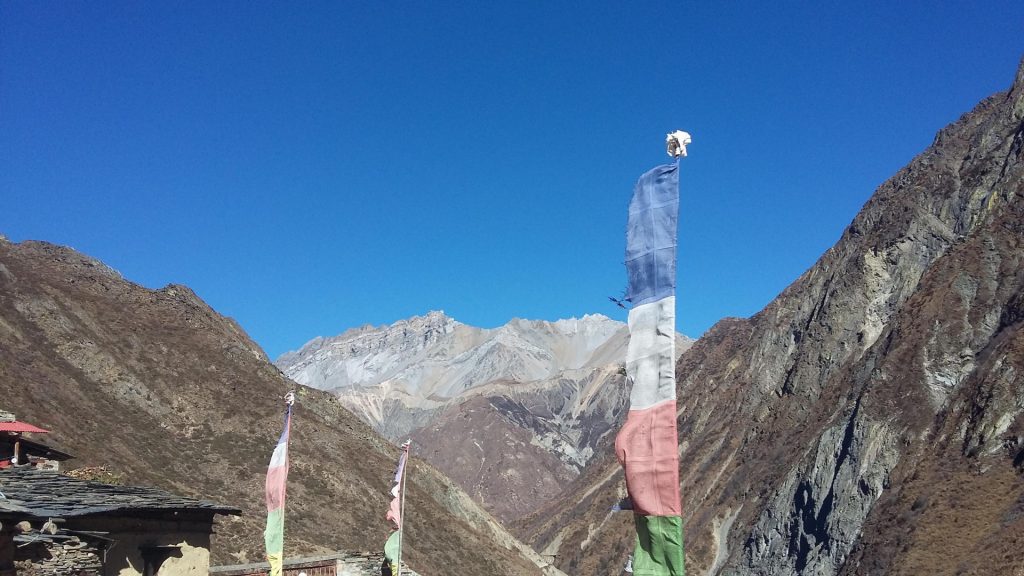
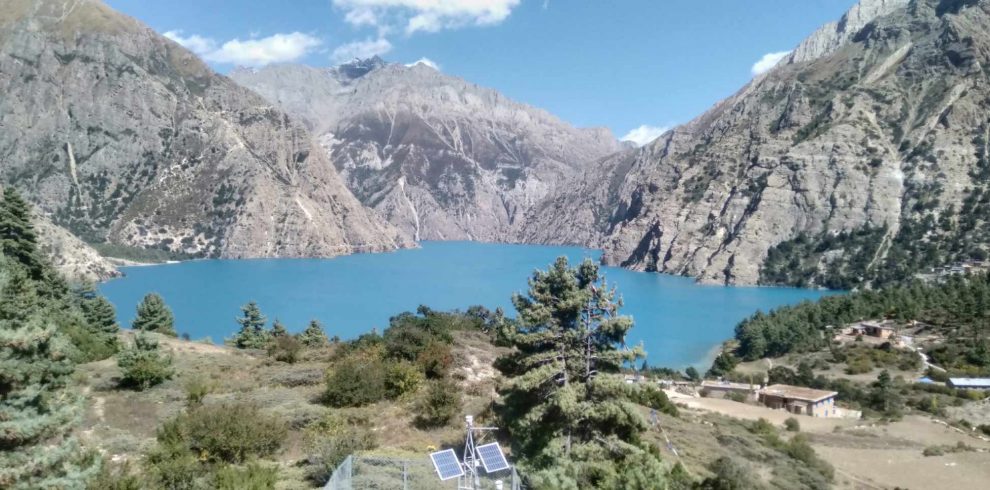
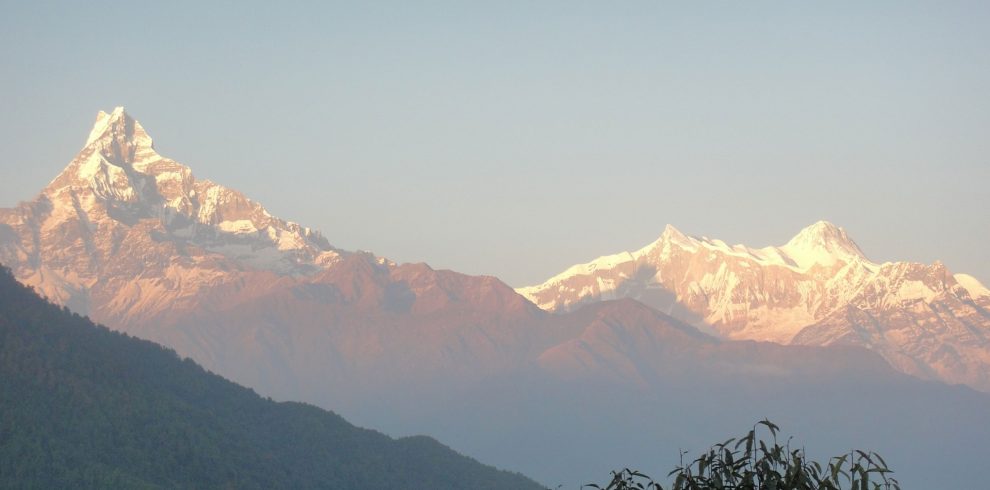
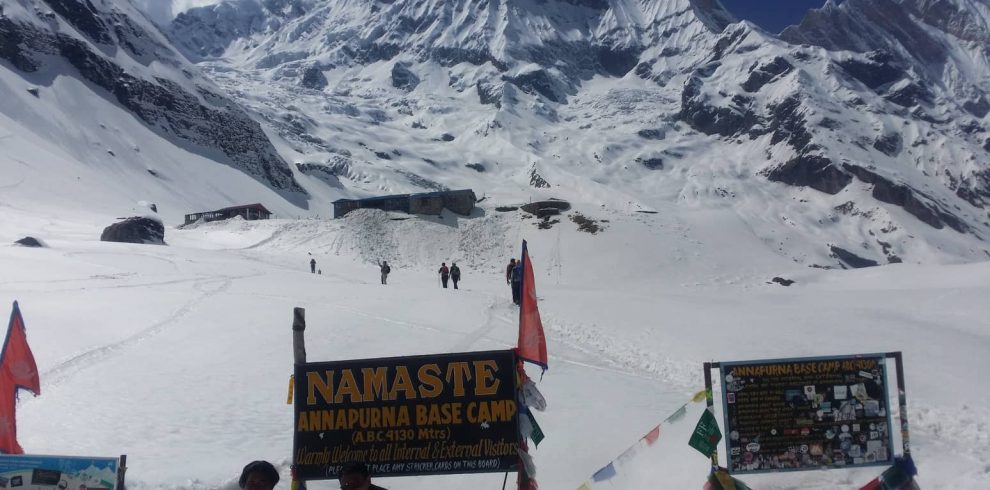
Write a Review
You must be logged in to post a comment.